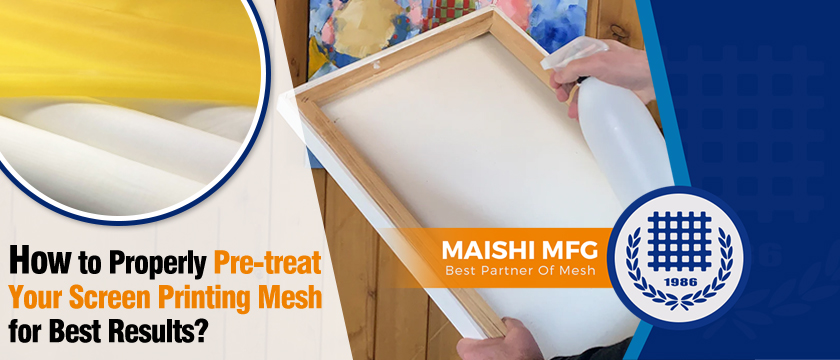Let's delve into the two effective methods recommended by MAISHI MFG to prepare your mesh: physical and chemical treatments.
Physical Treatment:
This method aims to polarize the mesh's surface, thereby improving its bonding capability with the photoresist. A typical physical treatment involves abrading the surface with ultrafine powders, such as pumice or silicon carbide, with a particle size of 20 microns or less. After thorough abrasion, the mesh should be rinsed with water, dried, and is then ready for emulsion application. This process finesses the surface of meshes for the perfect plate-making condition.
Chemical Treatment:
Chemical solutions like phenol, cresol, and phosphoric acid etchants are occasionally used to roughen synthetic fiber mesh surfaces for better emulsion adhesion. Care must be taken, however, as these etchants can potentially damage the mesh. MAISH suggests careful application of milder agents to avoid compromising the integrity of the mesh.
Beyond surface polarization, degreasing the mesh is also essential. Solutions such as caustic soda and specific screen cleaning agents can remove oil, dust, and other residues effectively, promoting a strong bond between the mesh and the photosensitive emulsion. Following treatment with these solutions, it's important to rinse the mesh with water and dry it thoroughly before proceeding to plate-making.
To sum up, proper pre-treatment can significantly uplift the quality of your prints. Welcome to the inquiry MAISHI team to get more technical support.
Tags:
#ScreenPrintingMesh #MeshTreatment #QualityPrint


Leave a Comment